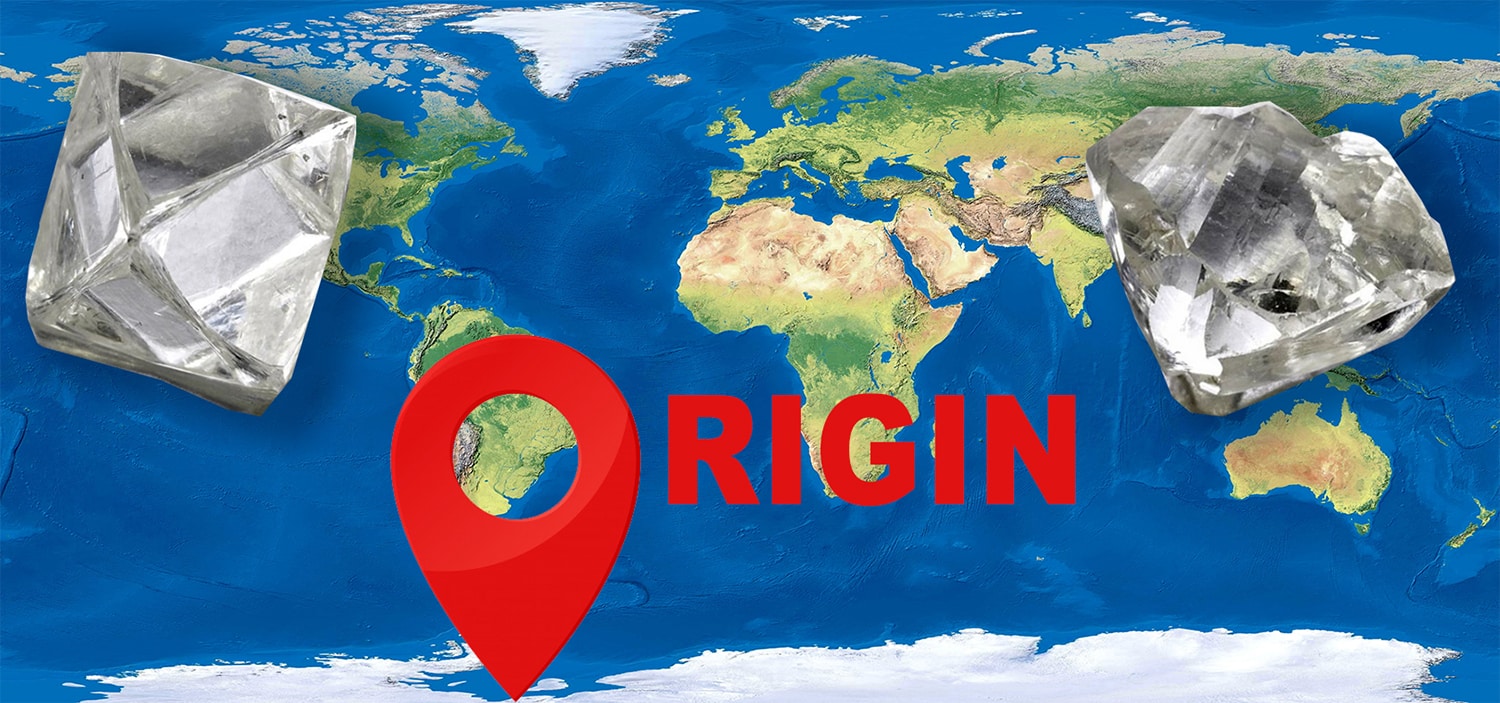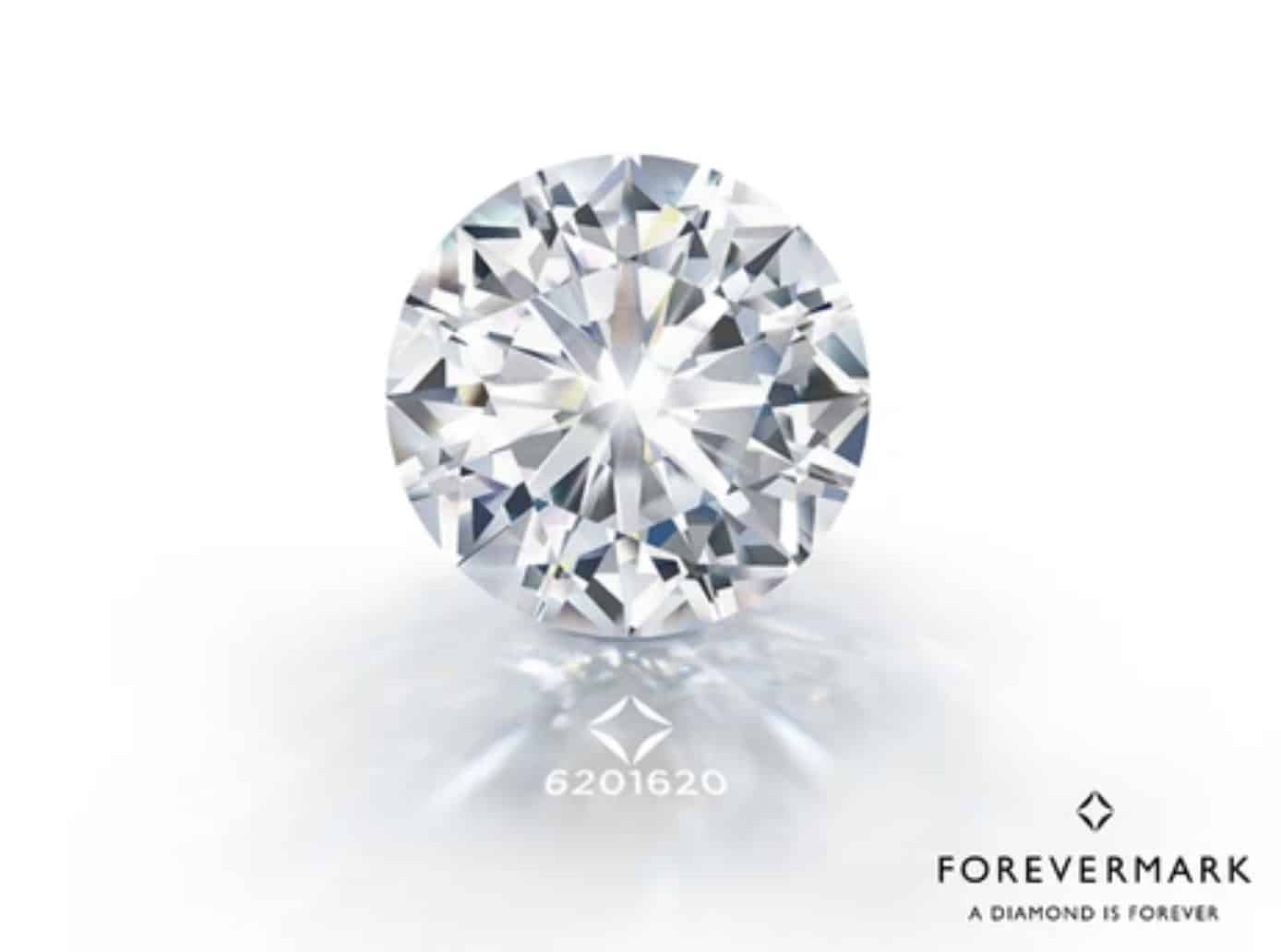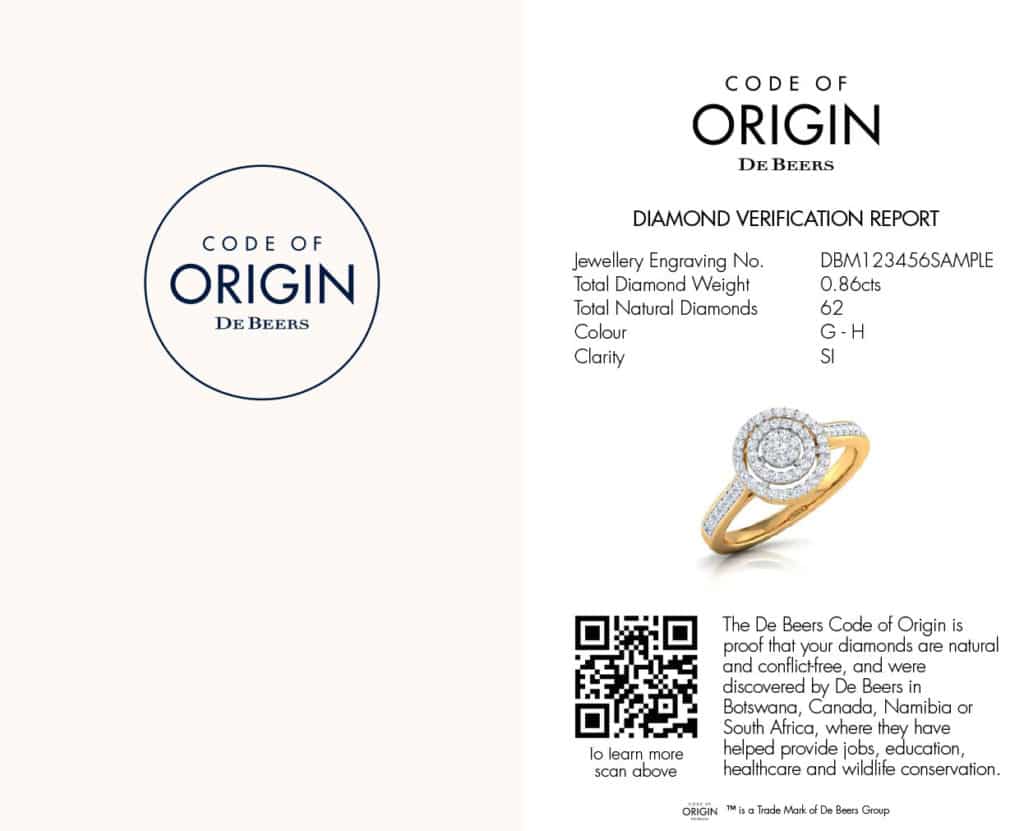Blog
Home » Diamonds blog » ONCE AVERSE TO REVEALING A STONE’S PROVENANCE, DE BEERS NOW MAKES TRACEBILITY A MARKETING CORNERSTONE
Focus on

De Beers’ policy was well understood. With goods coming in from a number of countries, the company was averse to developing a system that would render any one rough stone as being more or less valuable than another, simply by virtue of where it was mined. This, the company believed, would undercut the relationships it enjoyed with different, mainly African diamond-producing nations.
It should be noted that, at the time, De Beers was not only distributing and selling rough diamonds that it mined itself, but also the diamonds mined by most other companies, including major independent producers in Russia and Australia.
But starting in the 1990s, as companies like Rio Tinto, BHP and eventually Alrosa, decided to establish independent distribution and sales operations, and then in the early 2000s, when as a result of the conflict diamonds crisis De Beers’ shut down buying offices in African countries, the company was increasingly left handling only diamond that it had produced in its own mines.
Still, there remained an aversion for a listing geography as key selling point, alongside the 4Cs, even though the Canadians and later the Russians attempted to brand arctic diamonds – which demonstrably were conflict free.
FOREVERMARK, A CHANGE IN APPROACH
The first chink the provenance-averse approach was the launch of Forevermark in 2008. It was described as a program that would ensure the integrity and uniqueness of high-quality individual, natural diamonds. A person acquiring a Forevermark stone could be guaranteed that it was not synthetic, not treated, nor tainted by any ethical consideration, such as is the case with conflict diamonds.
Each Forevermark diamonds is inscribed with a microscopic logo and individual catalog number. Invisible to the naked eye. The number enables the provenance of the stone to be traced all the way to the mine from which it was sourced, providing it with a comprehensive chain of custody.
The diamonds do not have to come from De Beers-owned facility, although most almost certainly do, but to qualify De Beers does need to know the exact location of where each Forevermark stone was mined.
Essentially Forevermark is a branding program that provideds De Beers with a share of the revenue derived from the sale of those stones, all the way from the mine to the retail consumer.

Each Forevermark diamonds is inscribed with a microscopic logo and individual catalog number that enables the provenance of the stone to be traced all the way to the mine from which it was sourced.
To manage it, De Beers created a network of authorized manufacturers, who cut and polish the goods, authorized jewelry designers and manufacturers, and authorized retailers, who are permitted to sell the branded stones, as part of jewelry collections that have been created on De Beers behalf. The stones are even graded in labs that De Beers set up.

De Beers’ Code of Origin guarantees that a specific diamond can be traced to a De Beers operated mine.
THE NEXT STEP, CODE OF ORIGIN
From a quality perspective, not all stones are eligible for Forevermark status. But De Beers now is now introducing a new program, call Code of Origin, which is able to guarantee that a specific diamond can be traced to a De Beers operated mine.
“The diamonds we recover are treasures of the earth, discovered in remote locations around the world,” the company says in on its website. “In a multitude of ways, from education and jobs to healthcare and wildlife conservation, our diamonds make a significant contribution to the lives of the people and the places where they are found. This is the belief and commitment that sits at the heart of the De Beers Code of Origin.”
It is part of branding program that not only promotes diamond mined by De Beers, as opposed to diamonds mined by one of its competitors, but also provides preference to De Beers’ own customers — members of its exclusive group of sightholders. It is they who will be responsible for to inscribe a unique code on the polished diamond that identifies it as being of De Beers origin.
Those who eventually purchase the stone will be able to download an origin report by entering the diamond’s code number on the De Beers Insitute of Diamonds website.
To be fair, De Beers is still not distinguishing between stones mined in Botswana, South Africa, Namibia or Canada, but rather differentiating only stones that it mined itself.
But, theoretically at least, the day could come when a fifth C is added, with carat, clarity, color and cut being joined by country.
